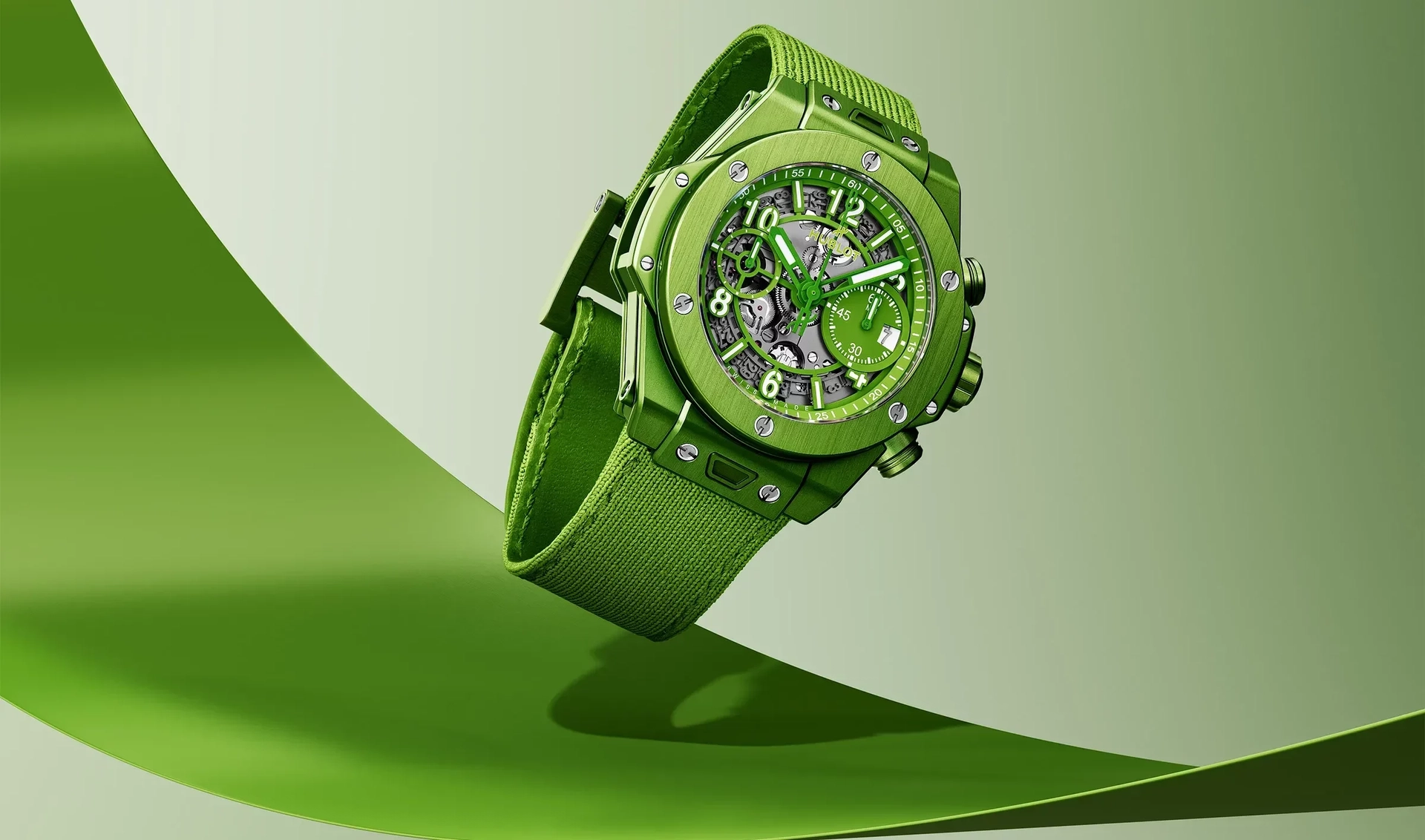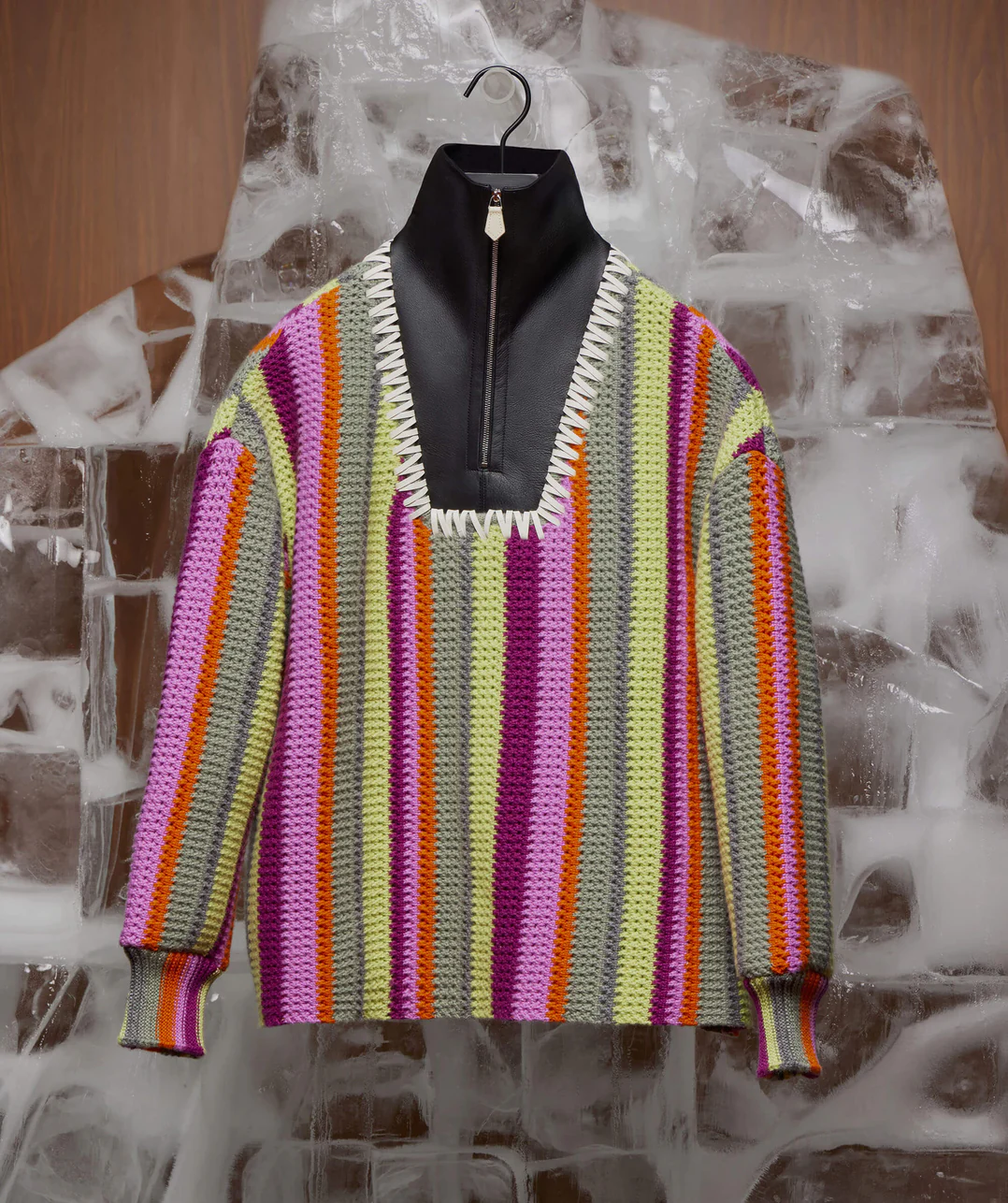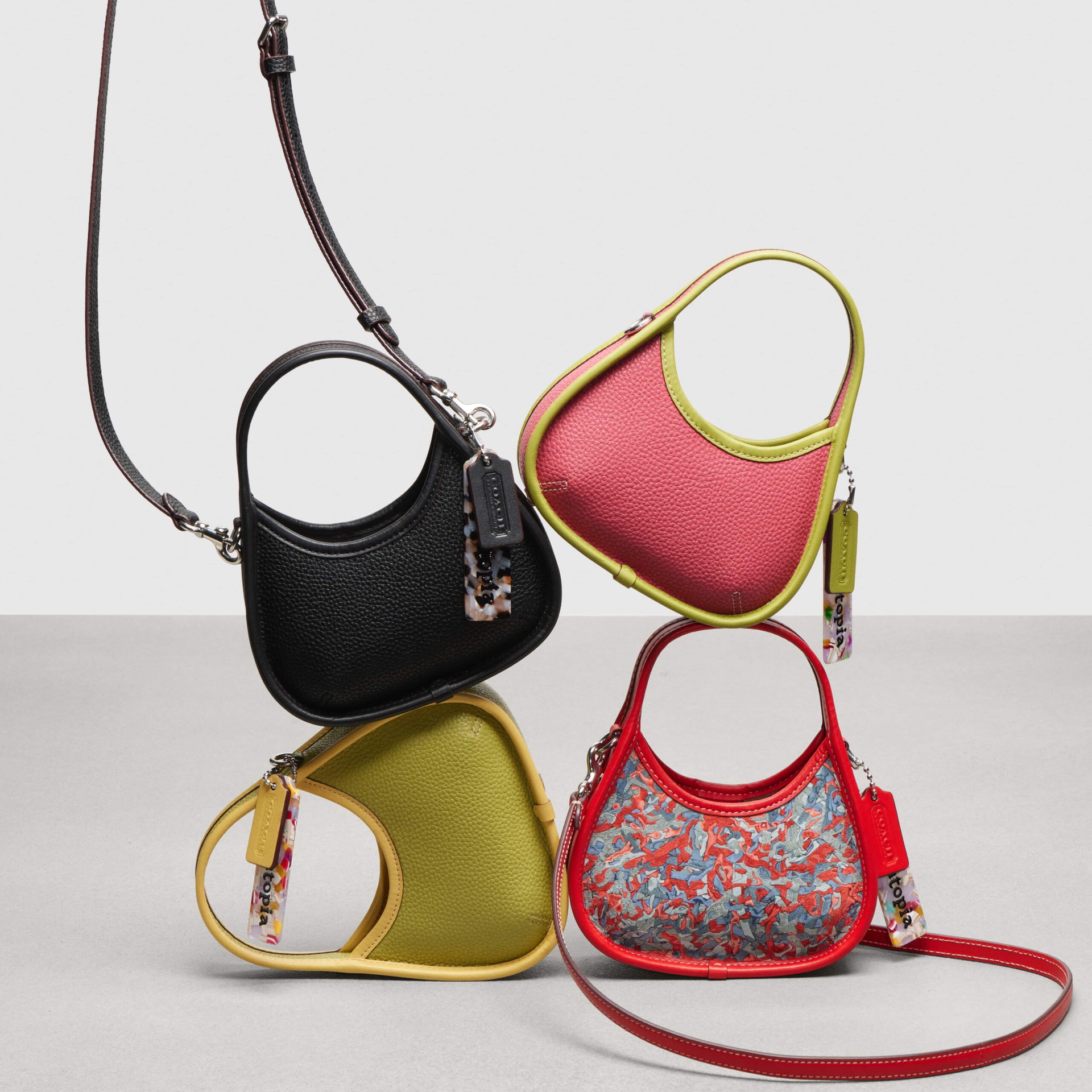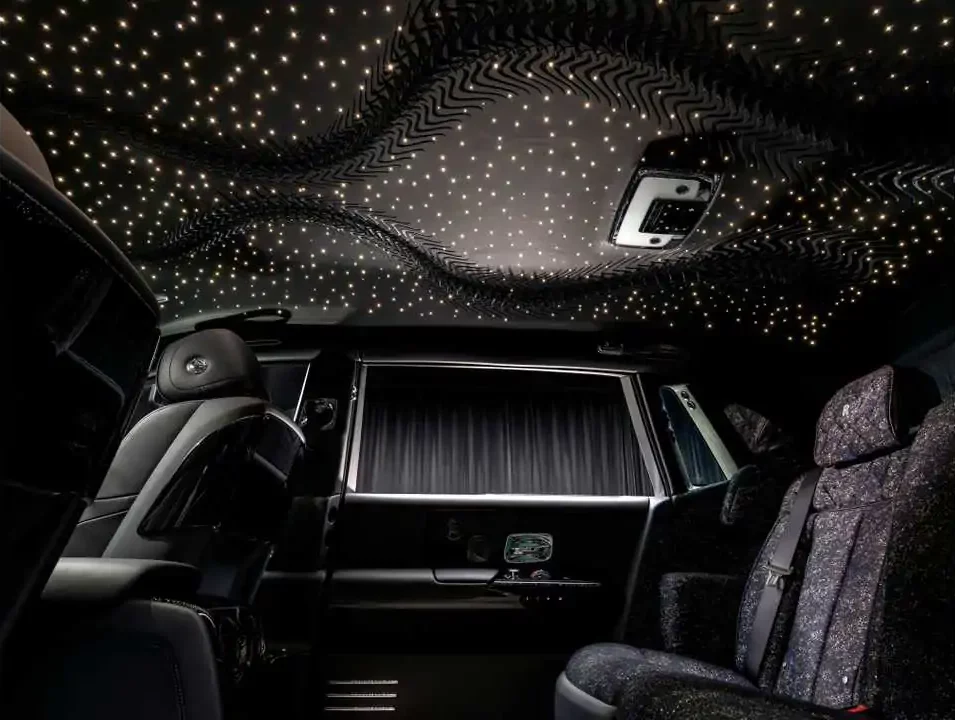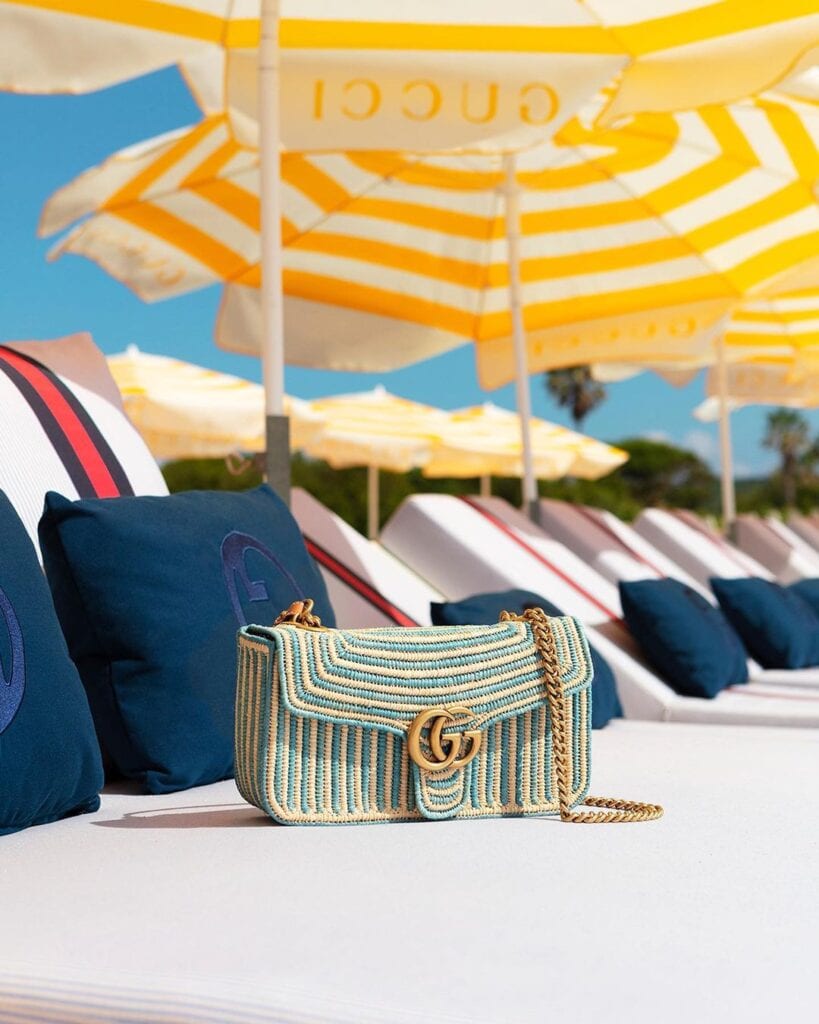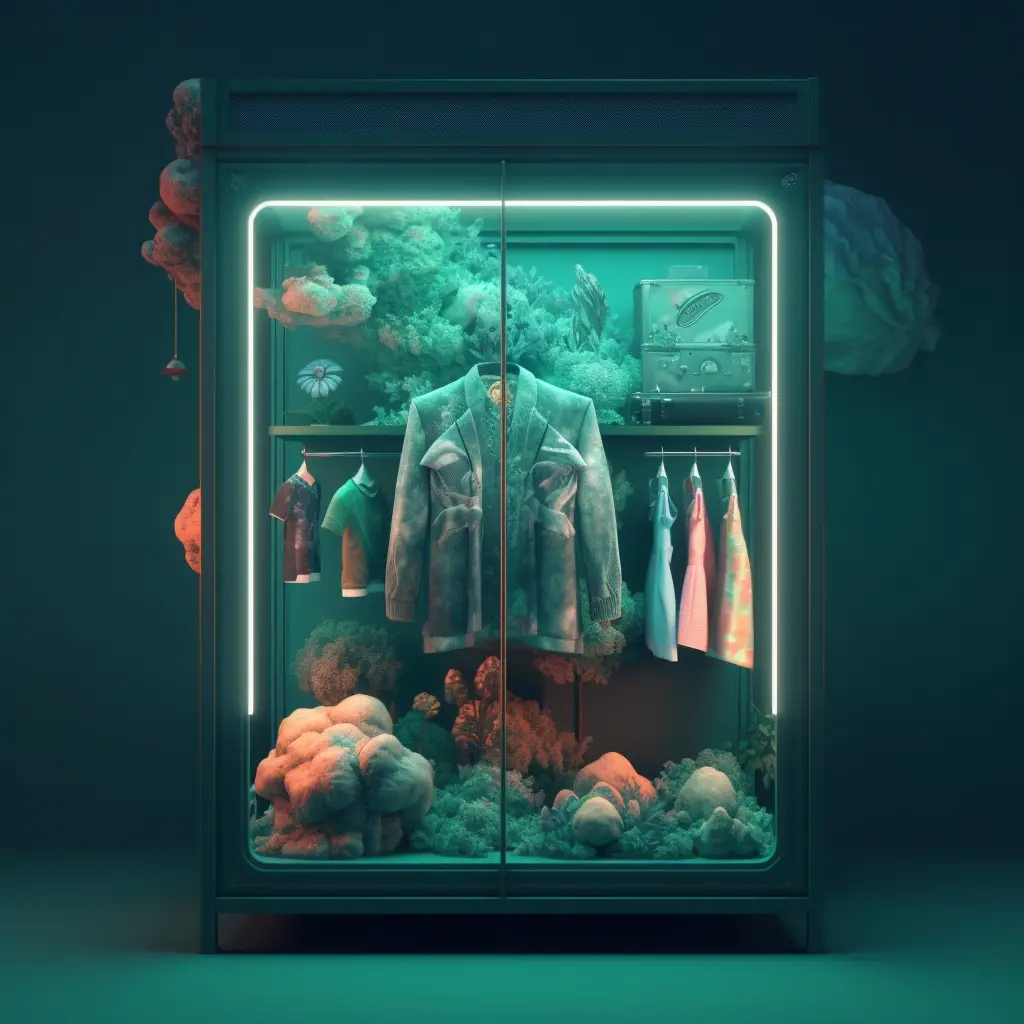Collector Mindset
Collector Mindset in this future forecast: The need for constant consumption has officially been curbed in place for lore and loyalty, a new flex for the luxury consumer. Affluents invest in higher-quality items to stay loyal to those aspirational brands, with 91% of consumers saying they keep purchases for five years and 31% for at least 20. This drives the demand for rare and curated collectable items such as leather goods, jewellery, and apparel, which younger generations are yearning for. Collector items are already a hot commodity with trade on resale platforms, such as Historia, soaring by 439% since 2022 and piqued interest in auctions and archive sales. With this in mind, new brands are adopting a ‘made to last’ philosophy to complement their exquisite design to create items that are intended to be collected. London fashion brand AOI has done just that by designing ‘collectables, not collections,’ with the founder only intending to launch two product drops yearly. Due to the exclusive nature of the brand, customers are even more compelled to own the wearable art, making AOI a highly sought-after brand.
[Image Credit: AOI]
